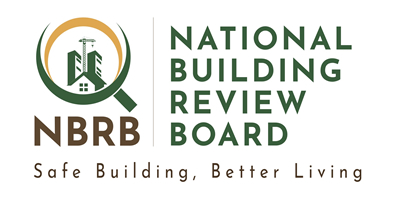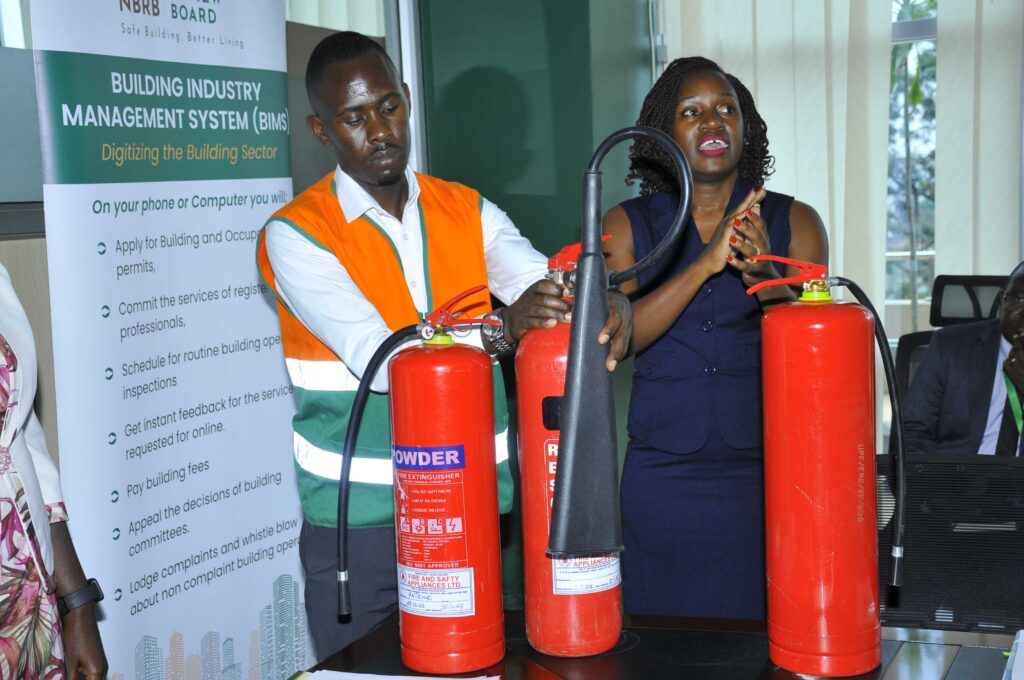The National Building Review Board (NBRB) has tasked the Building Committees and Building Control Officers to ensure that all school buildings within their areas are inspected to ascertain their fire safety compliance levels ahead of the opening of the new academic year. Schools must be issued with certificates of inspection as proof of inspection.
Since 2020, the National Building Review Board (NBRB) has investigated a number of fire incidents, with 52% occurring in commercial buildings, 35% in Schools and 13% in residential buildings. These fires were mainly caused by human action (arson-fires deliberately set) and negligence for instance, charcoal stoves kept under the bed, smoking materials, rubbish burning places in the vicinity of buildings. Other causes included electric faults resulting from insufficient cable sizing and protection, poorly maintained installations, vermin damaging the cables, acts of God, such as Lightning and maintenance works, for example welding.
“Our investigations have revealed that every two in three fires are started intentionally (Arson) or by negligent action. Furthermore, the fire outbreaks that have resulted in the most devastating consequences have occurred within sleeping areas and for the case of schools, in the dormitories at night when learners are asleep” Bwire noted.
In all these fires the younger learners (10 years and below) and those with special needs have suffered the most severe effects.
Due to this extent of devastation and the vulnerability of learners, a multi-sectoral team composed of representatives from the Ministry of Education and Sports, National Building Review Board, Ministry of Gender, Labour and Social Development, Ministry of Kampala and Metropolitan Affairs, Ministry of Local Government, Uganda Police Force and Proprietors of Private Educational Institutions Associations in Uganda was constituted to undertake joint inspections of randomly selected schools in the five regions of the country.
A total of 120 schools were inspected, 50% of which were government owned (30 being primary and 30 secondary) while the other 50% were privately owned (30 being primary and 30 secondary) between May 2022 and May 2023. The study aimed at assessing the status quo and making recommendations on the way forward.
The study revealed that whereas all the schools that were visited were accessible by a fire tender, some of the buildings within some schools could only be accessed with difficulty. Only three schools had carried out a fire safety assessment by the time of the study.
None of the schools had a fire hydrant on site for fire emergencies; however, about 10% had a hydrant in the vicinity while 30% installed fire detection and alarm systems although they did not have adequate coverage;
“The study also revealed that only 13% of the dormitories were well within the occupancy limits. In fact, one of the dormitories was found with an excess of over 70 pupils” Bwire added.
To avert this situation, NBRB has developed an online fire safety self-assessment kit to facilitate in assessing fire safety, safety readiness and fire risk management of buildings in schools. This kit can be accessed via https://firesafety.nbrb.ug.
The board is further encouraging schools to implement the Basic Requirements and Minimum Standards and Safety Guidelines to education institutions as issued by the Inspector General of Police.
In the recent past a number of schools have been razed down by fires resulting into loss of lives and property. The most recent is the fire at Kasaana Junior School in Nyendo, Masaka City in October 2023 that left 7 children dead and 5 injured.

